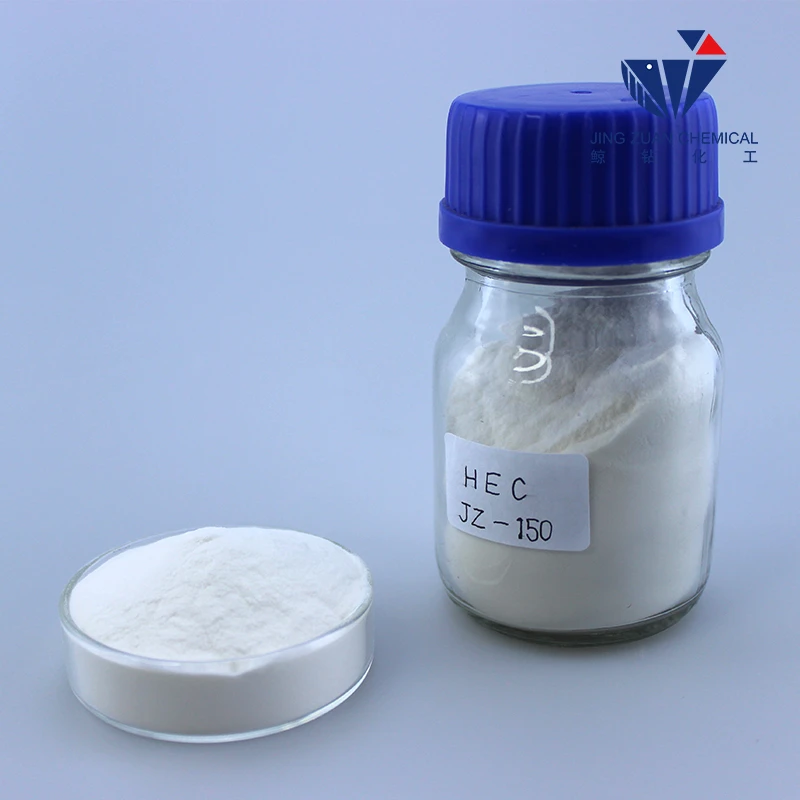
Nov . 15, 2024 19:57 Back to list
hydroxypropyl methylcellulose uses
The Versatile Uses of Hydroxypropyl Methylcellulose
Hydroxypropyl Methylcellulose (HPMC) is a multi-functional chemical derived from cellulose, the primary structural component of plant cell walls. Known for its unique properties, HPMC has gained widespread applications across various industries, including pharmaceuticals, food, cosmetics, and construction. This article delves into the diverse uses and benefits of HPMC, highlighting its significance in modern applications.
Pharmaceutical Applications
One of the most critical applications of HPMC is in the pharmaceutical industry. It serves primarily as a binder in tablet formulations, aiding in the cohesion of powdered ingredients, which enhances the tablet's integrity. Due to its excellent film-forming properties, HPMC is also utilized as a coating agent. This coating improves the stability and appearance of medicinal tablets while ensuring controlled release of the active ingredients. Furthermore, HPMC is vital in ophthalmic preparations; it acts as a lubricant in eye drops, providing relief from dryness and enhancing the comfort of contact lens wearers. Its non-toxic nature makes it safe for downstream use in various health applications.
Food Industry Uses
In the food industry, hydroxypropyl methylcellulose is celebrated for its emulsifying, thickening, and stabilizing properties. Food manufacturers incorporate HPMC in a plethora of products ranging from sauces to baked goods. Given its ability to hold water and reduce oil separation, it plays a crucial role in enhancing the texture and mouthfeel of low-fat and gluten-free products. Since it is a plant-based ingredient, it is often favored in vegan and vegetarian food formulations, making it an essential component for companies catering to these dietary preferences. Additionally, HPMC has been recognized for its role in improving the shelf life of food products by reducing moisture migration.
Cosmetic and Personal Care Products
hydroxypropyl methylcellulose uses

HPMC is prevalent in the cosmetics and personal care industry as a thickener, stabilizer, and emulsifier. It is commonly found in lotions, creams, shampoos, and other personal care products due to its non-irritating properties and ability to form a smooth consistency. The versatility of HPMC allows formulators to stabilize emulsions, allowing oil and water phases to mix effectively. It contributes to a product’s spreadability and texture enhancement, making it a popular choice for both consumer and professional cosmetic applications. Additionally, HPMC is soluble in both hot and cold water, making it ideal for various application methods.
Construction Industry Applications
In the construction sector, HPMC is primarily used as a polymer additive in cement-based products. It enhances the workability of mortars and plasters, improving the adhesion and durability of these materials. Its water-retention properties ensure that moisture is retained in the mix longer, allowing for better curing and reducing the risk of cracking. This characteristic is particularly beneficial in dry and arid environments where quick evaporation can compromise construction quality. Moreover, HPMC is employed in tile adhesives, rendering compounds, and grouts, contributing to improved flexibility and resilience in construction applications.
Environmental Considerations
An attractive aspect of HPMC is its biodegradability and environmentally friendly profile. As global concerns about the environmental impact of synthetic materials grow, HPMC offers a sustainable alternative. Its use in various industries supports the development of eco-friendly products, aligning with consumer demands for more sustainable and responsible choices.
Conclusion
Hydroxypropyl methylcellulose is a versatile and essential ingredient across multiple sectors, from pharmaceuticals to food, cosmetics, and construction. Its unique properties, such as being a stabilizer, thickener, and binder, coupled with its non-toxic and environmentally friendly characteristics, make it a valuable asset in formulating high-quality products. As research continues to explore new applications and formulations, HPMC is likely to remain a cornerstone of innovation and efficiency within these industries. Whether enhancing the texture of food, ensuring the efficacy of medicinal formulations, or improving the performance of construction materials, HPMC’s multifaceted uses underline its significance in today's industrial landscape.
-
Versatile Hpmc Uses in Different Industries
NewsJun.19,2025
-
Redispersible Powder's Role in Enhancing Durability of Construction Products
NewsJun.19,2025
-
Hydroxyethyl Cellulose Applications Driving Green Industrial Processes
NewsJun.19,2025
-
Exploring Different Redispersible Polymer Powder
NewsJun.19,2025
-
Choosing the Right Mortar Bonding Agent
NewsJun.19,2025
-
Applications and Significance of China Hpmc in Modern Industries
NewsJun.19,2025







